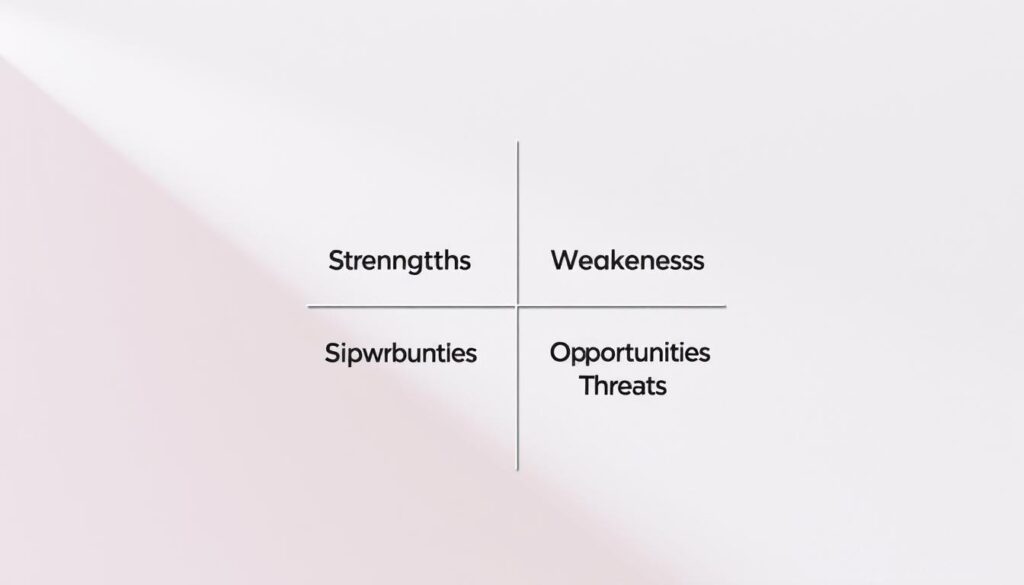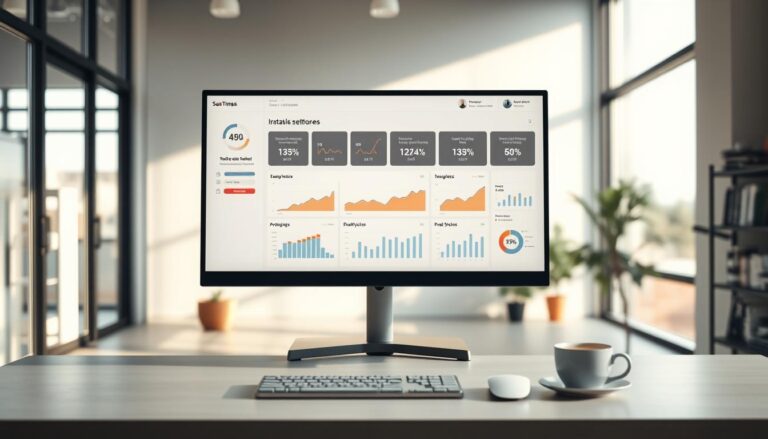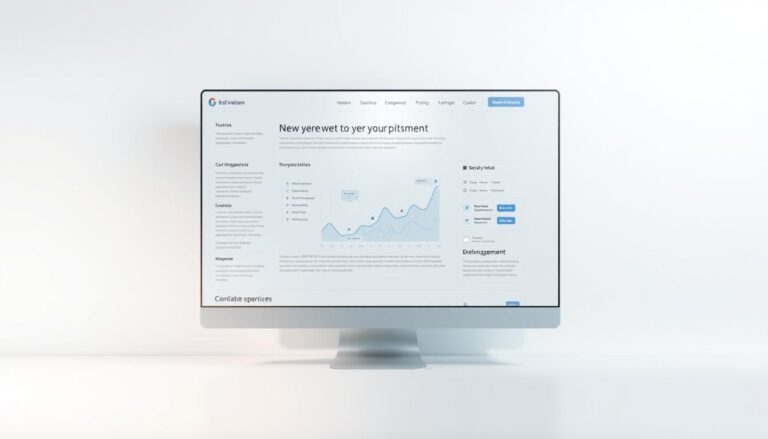In today’s crowded business environment, launching products or expanding into new territories demands more than just ambition. Strategic planning rooted in competitor intelligence separates thriving organizations from those struggling to adapt. By understanding rivals’ strengths, weaknesses, and tactics, companies unlock actionable insights to refine their positioning and capture attention.
Modern markets require more than surface-level comparisons. Businesses now analyze digital engagement patterns, pricing structures, and customer journey efficiencies to identify gaps. This depth of evaluation transforms raw data into proactive decision-making tools, helping teams anticipate trends rather than react to them.
Effective strategies align product development, marketing campaigns, and sales approaches through shared intelligence. Cross-departmental collaboration fueled by competitive insights ensures consistent messaging and maximizes resource allocation. Organizations adopting this approach often discover untapped opportunities hidden in plain sight.
Key Takeaways
- Saturated markets demand deeper competitive intelligence beyond basic product comparisons
- Strategic alignment across departments improves resource efficiency and goal achievement
- Proactive analysis of digital presence and customer experiences reveals growth opportunities
- Data-driven insights help businesses anticipate market shifts instead of chasing trends
- Integrated planning processes create customer-centric strategies with higher success rates
Importance of Go-to-Market Competitor Analysis
Successful product launches require more than intuition—they demand precise insights into industry rivals. Organizations that decode competitor strategies gain actionable intelligence to refine their approach and avoid costly missteps. This process transforms raw data into a roadmap for differentiation.
Why Deep Industry Evaluation Matters
Businesses that skip thorough evaluations risk missing critical patterns. A 2023 McKinsey report found companies using advanced competitive intelligence tools achieved 42% faster market penetration. These tools reveal how rivals adapt to customer expectations and technological shifts.
| Focus Area | Traditional Approach | Modern Strategy |
|---|---|---|
| Market Research | Manual data collection | AI-driven trend prediction |
| Customer Insights | General surveys | Behavioral analytics |
| Pricing Models | Static comparisons | Dynamic scenario testing |
Advantages That Drive Market Leadership
Regular analysis uncovers hidden opportunities. For instance, brands using AI-powered competitor analysis solutions identify unmet customer needs 67% faster than manual methods. This speed enables proactive strategy adjustments.
“Organizations leveraging real-time competitor data see 31% higher customer retention rates within 18 months.”
Three critical outcomes emerge from systematic evaluation:
- Clear visibility into industry benchmarks
- Early detection of emerging threats
- Data-backed resource allocation
These insights help teams align marketing efforts with actual market conditions rather than assumptions. The result? Strategies that resonate with target audiences while outpacing industry rivals.
Defining the Competitive Landscape
Businesses operate in ecosystems shaped by constantly changing forces. A competitive landscape analysis maps these dynamics by examining players, positioning strategies, and emerging patterns. This process creates a living blueprint of your industry’s power structures and growth opportunities.

Understanding Market Trends and Industry Shifts
Effective categorization separates immediate rivals from potential disruptors. Organizations should classify competitors into three tiers:
| Competitor Type | Market Impact | Focus Areas |
|---|---|---|
| Primary | Direct revenue threats | Product features, pricing |
| Secondary | Niche overlap | Regional expansion, partnerships |
| Tertiary | Future disruption risks | Technology adoption, new business models |
Monitoring market trends involves tracking four key drivers:
- Regulatory changes affecting product viability
- Consumer preference shifts across demographics
- Technological advancements altering delivery methods
- Economic factors influencing purchasing power
Brands that decode these signals early gain first-mover advantages. A 2024 Gartner study found companies using predictive industry analysis reduced strategic planning errors by 58% compared to reactive approaches.
“Landscape mapping isn’t about labeling rivals—it’s about anticipating where the ground will shift next.”
This proactive stance helps businesses allocate resources toward high-impact initiatives rather than temporary fixes. By understanding both direct and indirect competition, organizations craft strategies that address current challenges while preparing for future industry evolution.
Effective Competitor Identification Methods
Mapping the competitive field requires precision. Businesses must identify both obvious rivals and hidden challengers to build resilient strategies. This process combines systematic research methods with modern tools for full-spectrum insights.
Direct vs. Indirect Competitors
Direct rivals offer nearly identical products to your core audience. For example, two smartphone brands targeting tech enthusiasts would analyze each other’s hardware specs and pricing tiers. Indirect players address similar customer needs through alternative solutions—like smartwatches replacing basic fitness trackers.
| Competitor Type | Focus Areas | Data Sources |
|---|---|---|
| Direct | Feature comparisons, pricing models | Product catalogs, review sites |
| Indirect | Usage patterns, substitution trends | Consumer surveys, patent filings |
Tools and Resources for Robust Research
Modern teams blend traditional and digital techniques. Industry events reveal unpublished strategies through casual exchanges, while platforms like SEMrush expose rivals’ SEO weaknesses. Three essential resources deliver actionable information:
- Social listening tools tracking brand sentiment shifts
- Startup databases monitoring emerging threats
- Backlink analyzers identifying content gaps
Platforms like Ahrefs simplify keyword analysis, showing which terms drive traffic to competing sites. This multi-source approach ensures no strategic stone goes unturned.
Analyzing Competitor Offerings and Strategies
Businesses gain strategic clarity by dissecting rivals’ operational blueprints. A methodical review of product features, pricing structures, and delivery systems reveals patterns competitors hope you’ll miss. This intelligence fuels differentiated strategies that resonate with modern buyers.
Comparing Product Features and Value Propositions
Feature-by-feature evaluations expose hidden advantages. Analyze warranty terms, interface designs, and support response times alongside technical specifications. A recent competitive analysis study found 78% of companies overlook at least three critical differentiation points in their comparisons.
| Comparison Factor | Common Oversights | Strategic Insights |
|---|---|---|
| User Experience | Mobile optimization gaps | Interface simplicity drives retention |
| Support Systems | 24/7 availability differences | Response speed impacts loyalty |
| Technical Specs | Energy efficiency metrics | Long-term cost savings appeal |
Examining Pricing Models and Distribution Channels
Smart pricing analysis looks beyond dollar amounts. Evaluate seasonal discounts, bulk purchase incentives, and hidden fees across rival offerings. Brands using dynamic pricing tools achieve 23% higher margins than those relying on manual updates.
Distribution channel audits should answer two questions: Where do customers prefer to buy, and how fast can rivals adapt? Successful companies balance traditional retail partnerships with direct-to-consumer platforms, creating multiple purchase pathways.
Three elements separate surface-level reviews from actionable intelligence:
- Real-time monitoring of price changes across regions
- Mystery shopping to test competitor fulfillment speeds
- Social listening for unaddressed customer complaints
Evaluating Competitor Marketing and Digital Presence
Modern businesses live or die by their digital footprint. A brand’s online interactions and technical optimizations directly influence customer perceptions and conversion rates. To outperform rivals, companies must dissect both visible campaigns and underlying strategic patterns.
Assessing Social Media and SEO Tactics
Social platforms reveal how brands connect with audiences. Track content formats, posting frequency, and response times across networks. A 2024 Sprout Social study found companies with coordinated cross-platform strategies achieve 3.2x higher engagement than those using isolated approaches.
| Platform | Content Type | Engagement Rate | Growth Trend |
|---|---|---|---|
| Short-form video | 8.7% | +14% MoM | |
| Thought leadership | 4.1% | +9% MoM | |
| Twitter/X | Real-time updates | 2.9% | -3% MoM |
SEO evaluation goes beyond keyword rankings. Analyze content depth, internal linking structures, and mobile load speeds. Brands using structured competitor analysis frameworks identify content gaps 40% faster than manual methods.
Website audits should assess three critical elements:
- Navigation clarity for first-time visitors
- Checkout process efficiency
- Accessibility compliance scores
Email marketing patterns often expose unspoken customer priorities. Monitor subject line strategies and promotional cadence to decode what resonates with shared audiences.
Leveraging SWOT Analysis and Expert Insights
Strategic navigation through competitive markets requires more than intuition—it demands structured evaluation. The SWOT framework transforms scattered observations into actionable intelligence, revealing hidden advantages and risks across four critical dimensions.

Identifying Strengths, Weaknesses, Opportunities, and Threats
Effective strengths analysis examines more than product features. Assess rivals’ customer retention rates, supply chain resilience, and brand loyalty drivers. Weakness identification focuses on operational bottlenecks and service gaps competitors struggle to fix.
| SWOT Element | Key Questions | Data Sources |
|---|---|---|
| Strengths | What advantages drive their market position? | Customer reviews, patent filings |
| Weaknesses | Where do their delivery systems falter? | Support tickets, product returns |
| Opportunities | Which trends are they ignoring? | Market surveys, social listening |
| Threats | What partnerships could disrupt us? | Financial reports, hiring trends |
Integrating Data-Driven Decisions into Your GTM Process
Raw SWOT insights become powerful when fused with real-time metrics. Teams using automated dashboards align findings with sales pipelines and campaign performance. This integration answers three critical questions:
- Which competitor vulnerabilities offer immediate growth potential?
- How do emerging technologies impact current strategies?
- Where should R&D investments focus to counter threats?
“Companies blending SWOT findings with live market data achieve 47% faster decision cycles than those relying on static reports.”
Cross-department workshops ensure findings translate into tactical plans. Marketing teams adjust messaging to exploit competitor weaknesses, while product groups prioritize features addressing unmet customer needs. This collaborative approach turns analysis into measurable outcomes.
Translating Analysis into Business Growth
Strategic intelligence becomes transformative when applied to core business functions. Organizations that systematically convert findings into operational improvements see measurable gains in market share and customer loyalty. Two critical areas demand focused attention.
Enhancing Product Development and Innovation
Data-driven R&D cycles accelerate innovation while reducing wasted resources. Teams using competitor insights identify feature gaps 33% faster, according to TechCrunch research. This approach ensures new offerings address actual buyer needs rather than assumptions.
Optimizing Customer Experience and Sales Strategies
Personalization drives modern purchasing decisions. Brands analyzing rival service models achieve 28% higher satisfaction rates by addressing pain points competitors ignore. Sales teams benefit from real-time pricing intelligence, adjusting tactics to highlight unique advantages.
Three principles separate successful implementations from stagnant reports:
- Align product roadmaps with unmet customer demands
- Train frontline staff using competitor weakness playbooks
- Update digital interfaces quarterly based on usability benchmarks
Companies embracing this dual focus see 19% faster revenue growth than peers clinging to internal perspectives. The path to sustained success lies in treating competitive intelligence as living guidance, not archived data.
FAQ
How does competitor analysis strengthen go-to-market strategies?
Examining rivals’ tactics reveals market gaps and customer preferences. Brands like HubSpot use this approach to refine messaging and differentiate offerings before launch.
What tools effectively identify industry competitors?
Platforms like SEMrush and Crunchbase track digital footprints and funding patterns. Salesforce uses SimilarWeb for traffic analysis, while B2B firms leverage LinkedIn Sales Navigator.
Why track pricing models in competitive analysis?
Companies like Netflix adjust subscription tiers based on rivals’ structures. Understanding price elasticity helps balance profitability with market penetration goals.
How does SWOT analysis improve product launches?
Microsoft applies SWOT to anticipate challenges in new markets. This method highlights operational weaknesses and external threats like emerging technologies.
What role does social media play in competitor evaluation?
A> Brands analyze engagement rates and content strategies. Nike monitors Adidas’s Instagram campaigns to optimize its influencer partnerships and seasonal promotions.
How do distribution channels impact market positioning?
Apple’s direct-to-consumer model contrasts with Samsung’s retail partnerships. Mapping these networks reveals opportunities for omnichannel optimization.
Can competitor data influence customer retention strategies?
Amazon studies Walmart’s loyalty programs to enhance Prime benefits. Analyzing churn patterns helps refine personalized retention initiatives.
What metrics matter when evaluating SEO performance?
A> Backlink profiles and keyword rankings prove critical. Moz and Ahrefs help companies like Shopify benchmark against competitors’ organic visibility.



